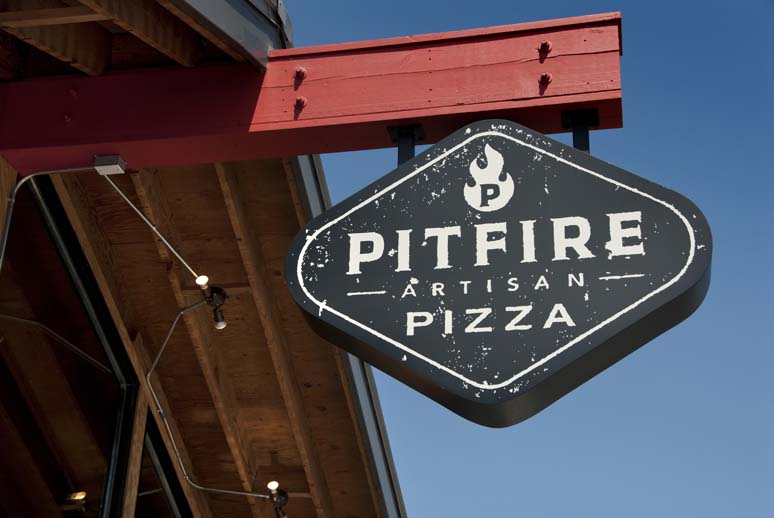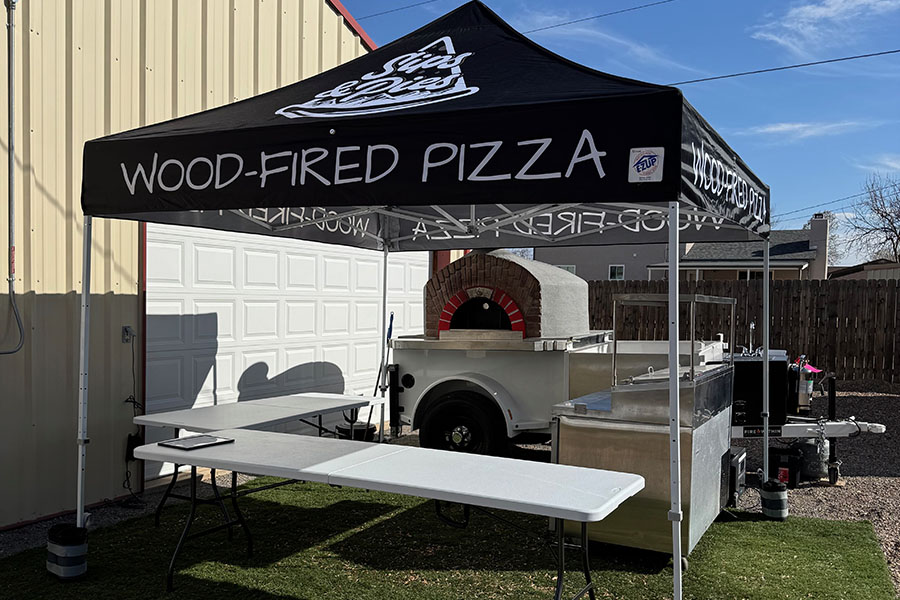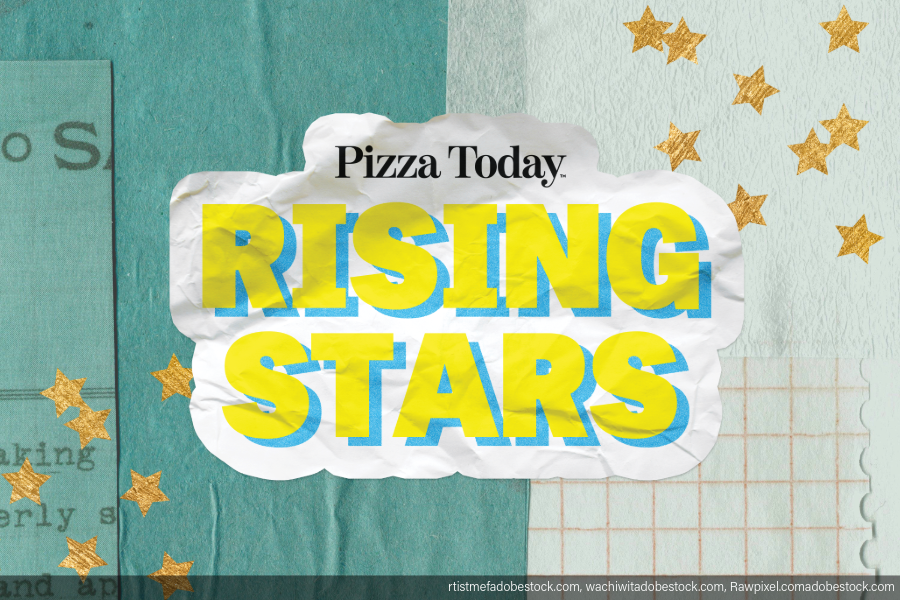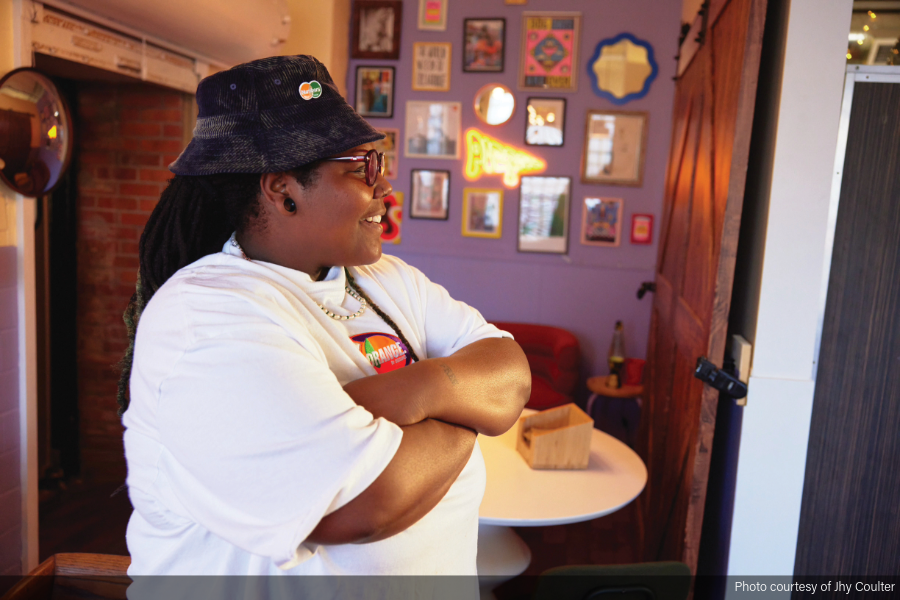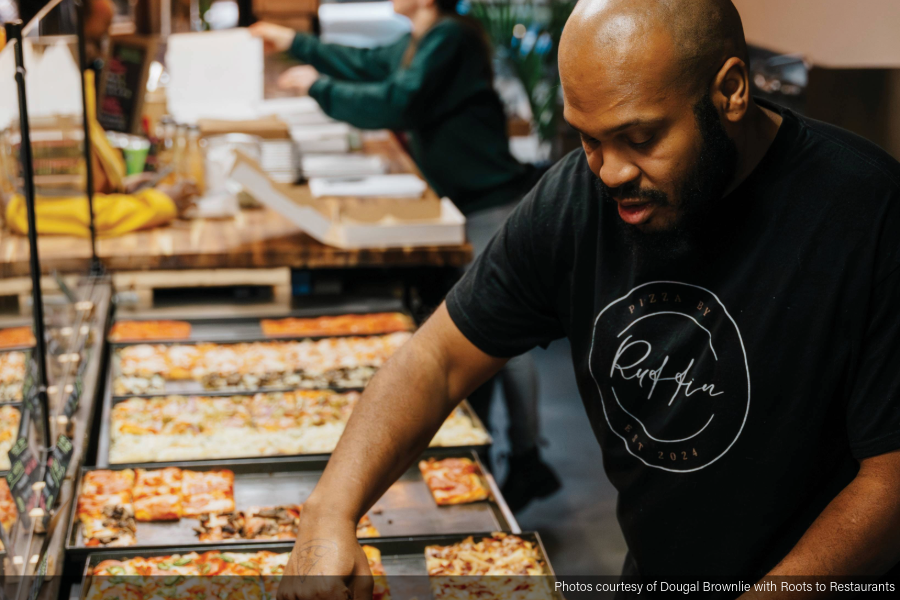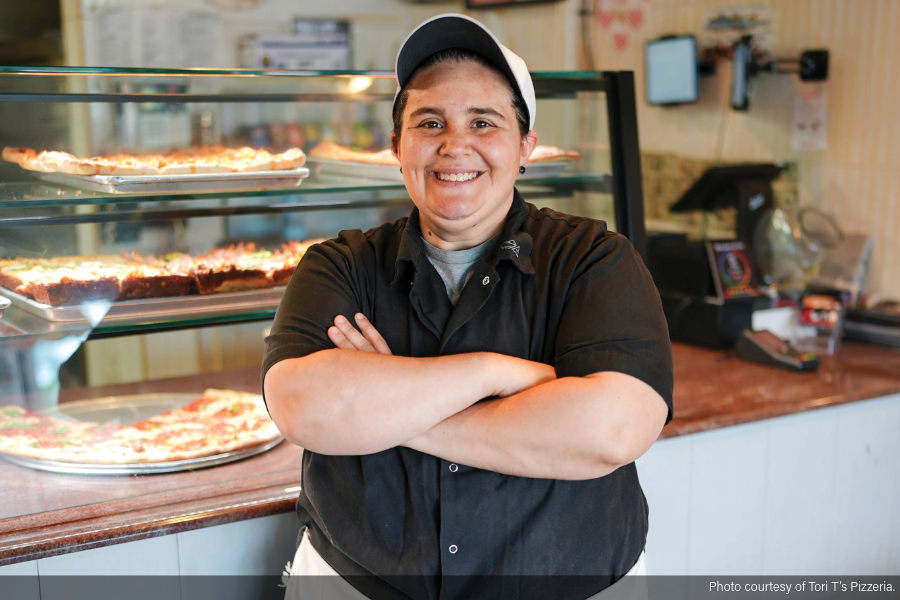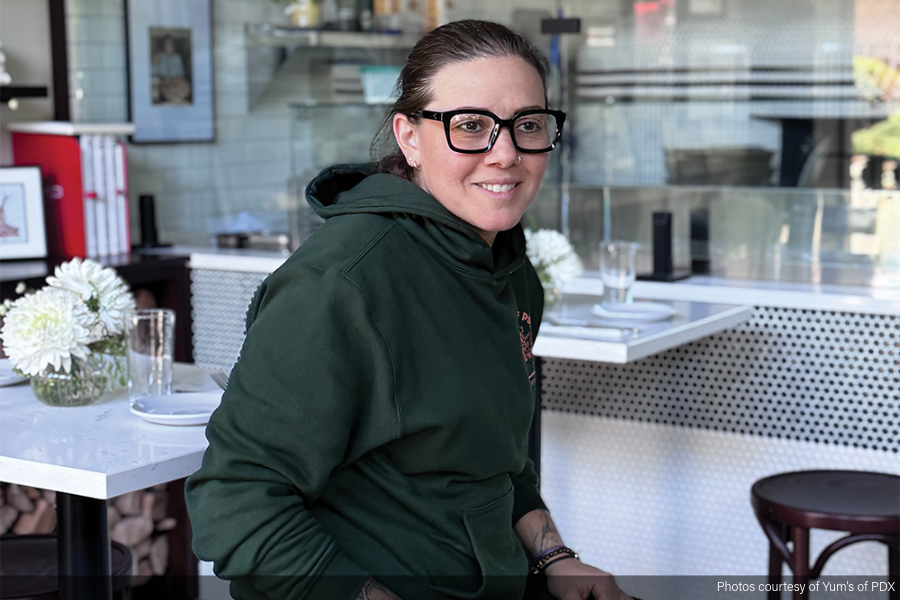Signage plays an important — but often overlooked —
part in restaurant success
A restaurant’s sign spells out more to customers than just its name. It says who you are and what customers can expect when they walk in the door. Casual or fancy, kid friendly or not, pizza or more, a sign is the window into a restaurant’s culture.
“Signage is the calling card for your potential customers,” says Mark A. Morehart of Brady Sign Company in Sandusky, Ohio. “It is the best, and sometimes the only way you can tell a total stranger that they should trust you. Even with your existing customer base, you can get additional business growth from your sign.”
Since signs are usually the first thing customers notice, a professional-looking design is critical in creating a good first impression, says Matt Basham, lead visual designer of 99designs.
“Your sign is going to be based around your logo, so you’ll first need to be sure you have a professional logo along with colors associated with your brand,” he says. “When getting your logo designed, you should already be considering how it will work across several mediums, including signage. Consistent graphic design is key to building trust in your brand.”
When it comes to designing a logo and sign, operators need to ask several questions.” Basham says. “Can the logo be sized up or down and still be readable? Does it look good in contrasting colors, like black and white? What’s the distance the sign will be viewed from? How can I stand out from the competition? What’s the most effective way or ways to showcase that design?”
To get their message of a family friendly pizza restaurant across, Midwest-based Aurelio’s Pizza utilizes the same attributes of their logo in their billboards, says Kirk Mauriello, the company’s director of franchising. “The logo you use has to be seen properly and be recognizable; it’s important with signage that it’s recognizable with your brand.
Effective signage should be simple, yet colorful, says Cliff Meyer, owner, and Matt Bodner, sales assistant, of ABC Signs, Inc. in Cincinnati.
Meyer and Bodner say there’s a strong connection between red, green and yellow and the pizza industry. They recommend less copy to make that copy stand out, and they suggest omitting your phone number, Web site, address, etc. on the sign because everyone uses their smart phones to find that information. The sign should focus on the impression it creates.
Basham advises operators to pay attention to visibility, noticeability and legibility.
 “Visibility is the most important part of your signage. One of the first considerations in choosing the right color combination is the level of visibility that will be created. By contrasting a dark color font or graphic on a light background, or the other way around, people will be more drawn to your sign. The background should never overpower or distract from the actual message. The sign should be sized appropriately for the viewing distance and placed in a location with maximum exposure to your target audience,” Basham says. He adds that yellow or neon green are attention-getters, while warm colors encourage people to feel comfortable and a layered palette of reds and oranges encourage customers to spend more.
“Visibility is the most important part of your signage. One of the first considerations in choosing the right color combination is the level of visibility that will be created. By contrasting a dark color font or graphic on a light background, or the other way around, people will be more drawn to your sign. The background should never overpower or distract from the actual message. The sign should be sized appropriately for the viewing distance and placed in a location with maximum exposure to your target audience,” Basham says. He adds that yellow or neon green are attention-getters, while warm colors encourage people to feel comfortable and a layered palette of reds and oranges encourage customers to spend more.
Choosing the right font can further express a restaurant’s personality. “Your typography should be both original and timeless, while also being easy to read. It can be easy to choose a fun-looking font, but this can often look kitschy and is best to avoid,” Basham says.
George Schlickenmayer, director of construction and compliance at Hungry Howie’s, says channel letter signage for front of buildings and monument at road signs are the most common and effective because they are the first things that a potential customer will see.
Adi Bittan, co-founder and CEO of OwnerListens.com, advises operators to keep the sign straightforward and warns operators not to get blindsided by fancy lights and moving parts.
“Exterior signage should be clear in terms of offering. Just Joe’s or Amy’s is not enough to tell people you’re a pizza place. Either have ‘pizza’ or ‘slices’ in your name or have a visual element that includes a pizza,” Bittan says. “The sign needs to be easy to clean and maintain. A rundown sign signals a rundown restaurant and makes consumers assume you’re doing poorly, your kitchen is dirty, etc. The entire exterior is the face of your business; it has to look great.”
Investing in a sign is a no-brainer, but determining the budget may depend on your perspective and often is dependent on location.
Meyer and Bodner say for the money, a sign is the best form of advertising an operator can invest in because a sign is a one-time cost that advertises a business 365 days a year, for multiple years.
The investment in signage for Aurelio’s is approximately $10,000 to $12,000 with a bit more depending on the town and location, says Mauriello.
According to Schlickenmayer, Hungry Howie’s standard sign packages cost between $7,000 and $9,000.
Investigate local regulations before purchasing any sign. “We require our franchisee to purchase the largest sign that local codes will allow,” Schlickenmayer says. “Some codes regulate whether you will be allowed to display signage in your windows or if they can be illuminated.”
DeAnn Owens is a freelance journalist living in Dayton, Ohio. She specializes in features and human-interest stories.
